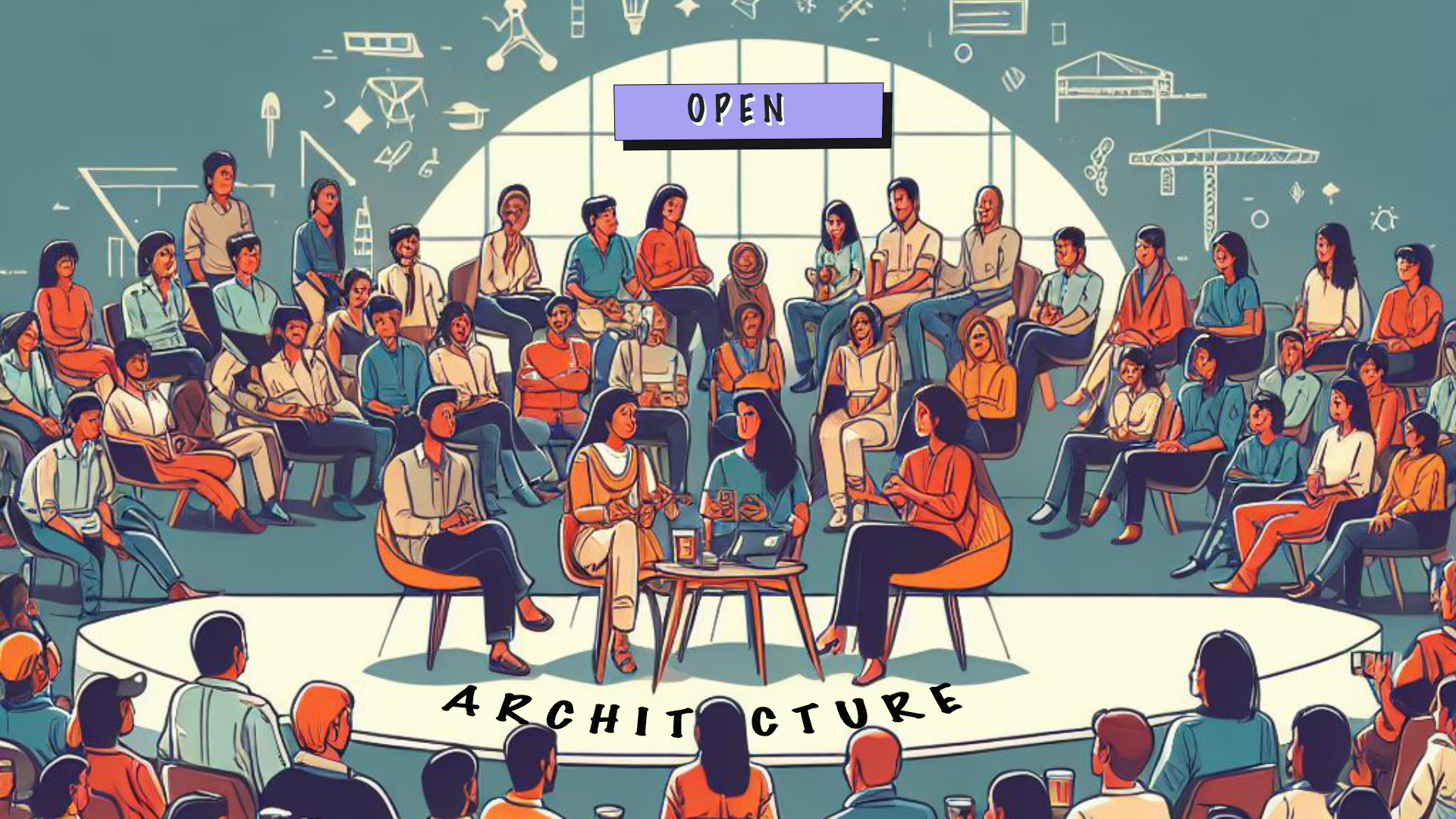The World Architecture Day was created by the Union Internationale des Architectes – International Union of Architects (UIA) in 1985. The UIA’s mission is to “advance architecture in service to the needs of society.”
Architects around the world make significant contributions to the built environment and society. However, at the same time, the profession is severely underappreciated and possibly misunderstood. It can be safely assumed that less than 5% of the Indian population really benefits from the professional services provided by architects. As a result, today, the profession stands at a crossroads, facing several challenges that threaten its growth and recognition. Some of the reasons for this include a lack of opportunities for young architects, a lack of awareness about the profession among people at large, and its inaccessibility to society. The young and emerging architects face the biggest threat because of this. This is also evident from the diminishing interest in architecture education among students. It is feared that more than 50% of seats in architecture colleges would remain unfilled for the third consecutive year. Architecture colleges are shutting down, young architects are quitting the profession, and even established practices in urban areas are struggling to sustain.
One can argue if the profession was ever meant for common people, but given the conditions today, of housing and urban development, the architecture profession has become even more pertinent. It is important to think of ways to shed the elitism that is associated with the profession.
How to change this?
There may not exist a simple solution. Architecture conferences, seminars, exhibitions, presentations, and talks in colleges and institutions could play a crucial role in engaging with people outside the fraternity. At the moment, due to the restrictive format of these events and high participation fees, non-architects and even a number of young architects choose to remain away, and these events end up only becoming networking events for vendors and sponsors. The knowledge and content from such events do not reach beyond a small number of architects, turning these events into a closed elitist club of architects. In most cases the only content or outcomes of these ‘closed’ conferences one sees on Social media, is architects posting flashy and glamorous images of social gatherings, which do not really benefit the profession.
If architecture has to really benefit people, architects must make efforts to make the profession accessible to all.
To begin with, such events, like conferences, seminars, and talks, should be held at public places or venues that are democratic by nature and open to all.
The cost of organizing the event can easily be covered through sponsorships from vendors, public, private, or government institutions, or through CSR funding from corporations.
We know of some architects who have pledged to not partcipate in panels and events which lack gender diversity, perhaps we can also pledge to not partcipate in events which are not accessible to all?
This one step may have multiple advantages like democratizing architectural knowledge and information, enhancing awareness among people, strengthening ties between institutions, vendors getting more and better attention from end users and potential clients, and allowing students and fresh and young architects to interact and engage with industry leaders.
Hopefully, architects use this World Architecture Day to introspect and find ways to help the profession prosper.
Featured Image Credits: Bing Image Creator









2 Responses
NOTHING IS FREE
THERE IS ALWAYS A FEE PAID IN MANY FORMS
VALUE IS VALUABLE.
VALUE OF ARCHITECTURE MUST BE TREASURED
GIVE NOTHING AWAY FOR FREE
THE FEE CAN ALWAYS BE PAID IN MANY FORMS
MONEY AND KNOWLEDGE ARE TREAURES